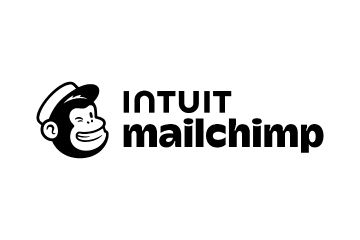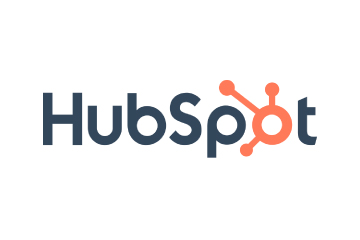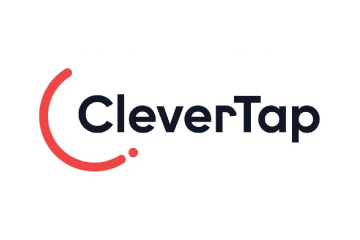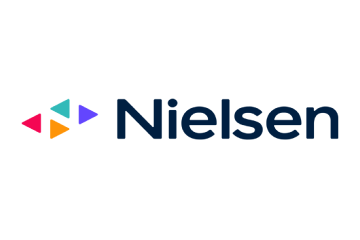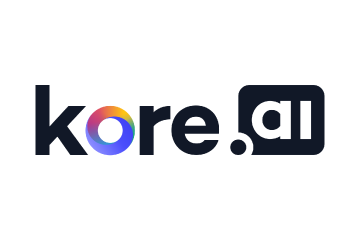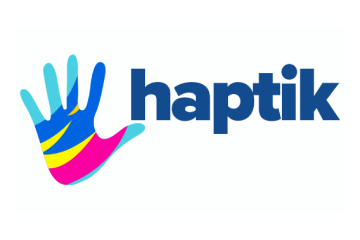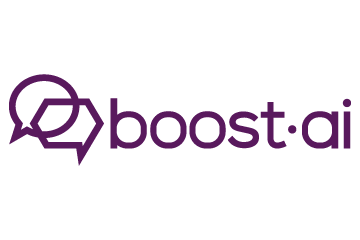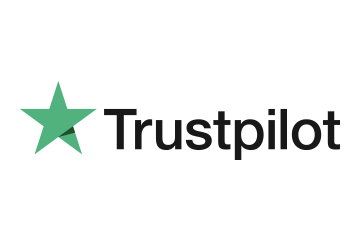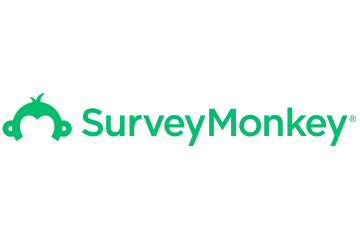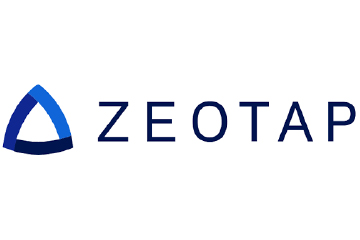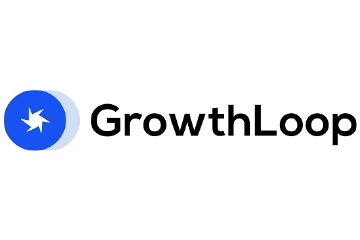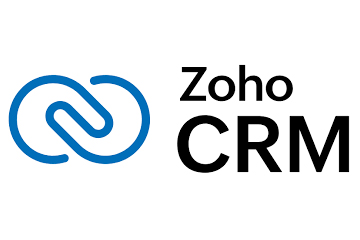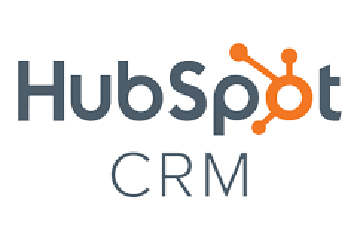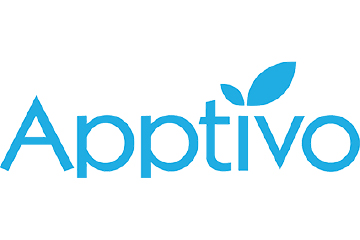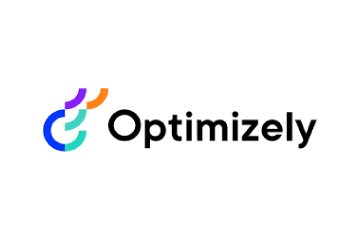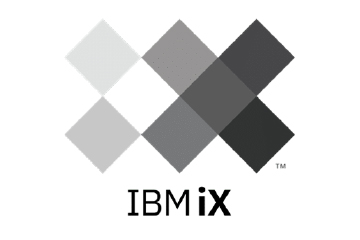How LLMs Are Reshaping Marketing Strategy and Decision-Making
Michele Nieberding, Director of Product Marketing for AI at Treasure Data, explains how LLMs are transforming marketing from segmentation to true individualisation, enabling teams to make faster, more contextual, and more confident decisions.
Topics
What to Read Next
- Untapped Growth Partners with FreeWheel to Expand Premium CTV Access
- Pattern Announces Acquisition of ROI Hunter
- MNTN Integrates with Northbeam to Improve CTV Performance Measurement
- Guideline Launches Customizable AI Agent Dashboards
- Gradial Raises $35M to Expand Enterprise Marketing Through AI Agents

Marketing has always been about understanding people. But now, it’s about understanding them in context.
As Large Language Models (LLMs) and agentic systems begin to power everything from customer journeys to campaign optimisation, marketers are shifting from audience-based thinking to context-driven decision-making.
It’s not just about knowing what customers do, but why they do it and being able to act on that insight in real time.
“Data literacy used to mean being able to navigate dashboards or write basic queries. Now it means knowing how to ask meaningful questions and understanding how context shapes the answers. So data literacy is really becoming more about understanding context than syntax,” said Michele Nieberding, Director of Product Marketing for AI at Treasure Data.
Michele Nieberding shares how LLMs are transforming marketing from segmentation to true individualisation, enabling teams to make faster, more contextual, and more confident decisions.
Excerpts from the interview:
In your experience, what types of marketing decisions are now being influenced or even initiated by LLM insights that weren’t possible before?
LLMs and agentic systems have redefined how marketers think about scale and personalisation. Like we’ve been talking about “hyper-personalisation” for what, a decade now? The tech is finally catching up to what we’ve always wanted that reality to be. For example…in the past, we were constrained by technology, so we grouped people into segments. But segments are just broad averages.
They simplify complexity in a way that made sense at the time, but they don’t reflect how people actually behave, or the preferences, nuances, motivations, etc. of an individual within that group/segment. In other words, segments are just a proxy; they flatten complexity. Today’s AI can FINALLY handle that complexity at scale.
We can finally leverage agentic systems that treat each user as their own context. That means the AI is making decisions based on what this specific person has done, what they’re likely to do next, and what has worked for them in the past. And when it doesn’t have that history, the system doesn’t panic, it does what humans do. It uses imputation techniques to fill in gaps, or falls back to crowd-level patterns if needed.
These agentic systems decide what to send, when to send it, how to say it, and which product or message will resonate all based on that person’s behavioural history and evolving patterns.
When agents don’t have complete information, they estimate intelligently. They borrow patterns from similar users or fall back on broader trends. This allows marketers to act with relevance and speed, even when they don’t have the full picture. Instead of planning for every possible outcome, you let the system adapt. That unlocks real-time strategy and personalised execution at a level that simply wasn’t possible before.
So you’re not just reacting to clicks, you’re responding to motivation. You’re not just sending content to segments, you’re delivering messages that reflect where a person is right now. That level of contextual learning and precision was impossible before LLMs and real-time reinforcement systems. Now it’s the foundation of modern decision-making.
Which previously overlooked or underused behavioural data points are now proving essential for marketing insights?
We’re seeing a resurgence in the value of small, behavioural signals, things like time-of-day responsiveness, short-term usage streaks, subtle shifts in intent used, frequency of certain behaviours, and micro-patterns that unfold over sessions. In the segmentation world, these details were just noise. Now they’re the data points that drive decisions and a foundation for individual-level insights.
Today’s agentic systems don’t default to generalising across users unless they have to. When an agent knows a user well, like when there is a rich behavioural history, it makes decisions based on that user’s individual response patterns.
When there are gaps, it can infer missing information using techniques like autoencoders or nearest-neighbour models. And for brand-new users, it leans on wisdom-of-the-crowd approximations, which we’ve found to be more effective than flat averages.
This multi-layered approach ensures that context drives the decision, not outdated audience assumptions. Every user becomes a contextual case study, not just a data point in a segment.
The point is: AI systems today can operate on a spectrum of known, partially known, and unknown users without forcing everyone into one-size-fits-all logic. Every user is a contextual case, not just a row in a table.
What organisational shifts are required for marketers to truly trust and act on LLM-generated insights, especially in high-stakes decision-making?
Marketers need to move away from treating personalisation as a segment-based exercise and start viewing it as a system-based practice. Some are calling this “AI decisioning,” but I think it goes far beyond that concept. Many teams still default to predefined audiences because they feel more predictable. But with modern AI, we can personalise without sacrificing accountability.
The idea that a human can predefine the “best” message for a segment is outdated, especially when AI can dynamically adapt based on live feedback loops from individuals.
To make this work, organisations need better governance around how AI makes choices, stronger collaboration between marketing, data, and engineering teams, and a culture that supports continuous testing and refinement. Trust builds when people understand how and why the AI makes decisions. Marketers can be confident when they see that the system adjusts based on context, performance, and evolving patterns.
I like to think about this as contextual trust (not just explainability). That means understanding HOW decisions are made, like when they rely on individual user data, when they interpolate based on similar users, and when they fall back to broader patterns.
Once teams understand that the AI isn’t guessing, but choosing based on context and causality, trust increases. And so does performance, because you’re no longer locked into the blunt logic of fixed audience buckets (or even the outdated rules-based marketing).
How is the concept of “data literacy” evolving as AI makes customer information more accessible to marketing teams?
Data literacy used to mean being able to navigate dashboards or write basic queries. Now it means knowing how to ask meaningful questions and understanding how context shapes the answers. So data literacy is really becoming more about understanding context than syntax.
It’s not about knowing SQL, it’s about knowing how to ask the right question and interpret a nuanced answer. With conversational interfaces layered on top of behavioural data, marketers can explore what’s working, for whom, and why, without needing a data analyst as a go-between.
And this deeper accessibility helps teams move beyond segmentation. When you can ask, “Why didn’t this user respond to last week’s campaign?” and get an answer that references that person’s individual history, behaviour baseline, and timing window—you start thinking differently. You stop grouping people and start understanding them.
Because the agentic system understands the individual, marketers don’t need to rely on segments as their entry point. They can explore user intent, content resonance, and performance trends without needing to create a new report every time. The goal is no longer just to find the data, but to understand the story behind it.
This shift is powerful because it brings marketers closer to the data through more context-rich conversations (instead of just another dashboard). And that kind of interaction encourages curiosity and empowers faster decision-making.
As LLMs begin to synthesise vast sets of behavioural data, how do marketing teams distinguish between patterns that are merely coincidental and those that reflect meaningful customer intent?
This is where context and causality matter. It’s not enough to see what happened. Marketers need to know what changed as a result of their actions.
Agentic systems evaluate outcomes in context. Each time a message is sent, the system looks at what the user was doing before, what their baseline behaviour is, what they typically do over time, and how that compares to patterns across the larger/broader population. Only then does it determine whether the message likely influenced behaviour.
This helps eliminate false attribution and builds confidence in the AI’s recommendations. Only then does it attribute uplift to its own action. If a transactional email from another team drove the action, the agent doesn’t take credit for it. That’s what makes it robust.
When an agent doesn’t have enough information about a specific user, it uses signals from similar users to guide decisions. If there’s no user data at all, the agent uses global trends while still tracking what works so it can adapt quickly. This mirrors how humans reason through decisions. We use detailed context when available and rely on broader patterns when we don’t.
That’s how we avoid overreacting to noise and start making decisions that reflect real customer intent.
And in cases where a user’s data is sparse (maybe they’re anonymous or new), the agent falls back to smarter approximations based on patterns from similar users. It’s not one-size-fits-all; it’s progressive personalisation, calibrated to the confidence of the context.
In other words, marketing AI is becoming more human, not in how it talks, but in how it reasons. It uses precise information when it can and defaults to broader patterns only when necessary. That’s how you move beyond surface-level trends and start making decisions that actually reflect customer intent.











